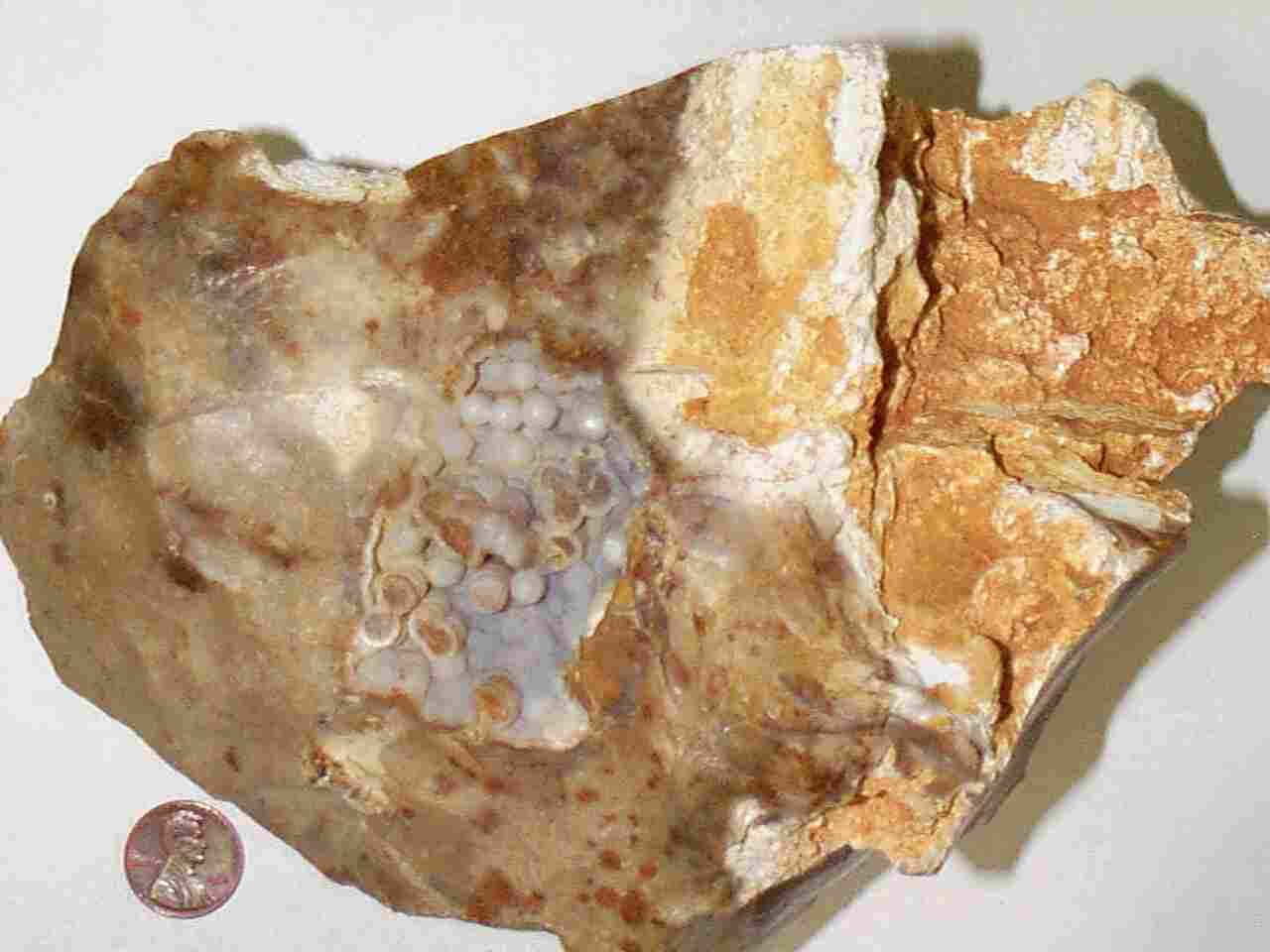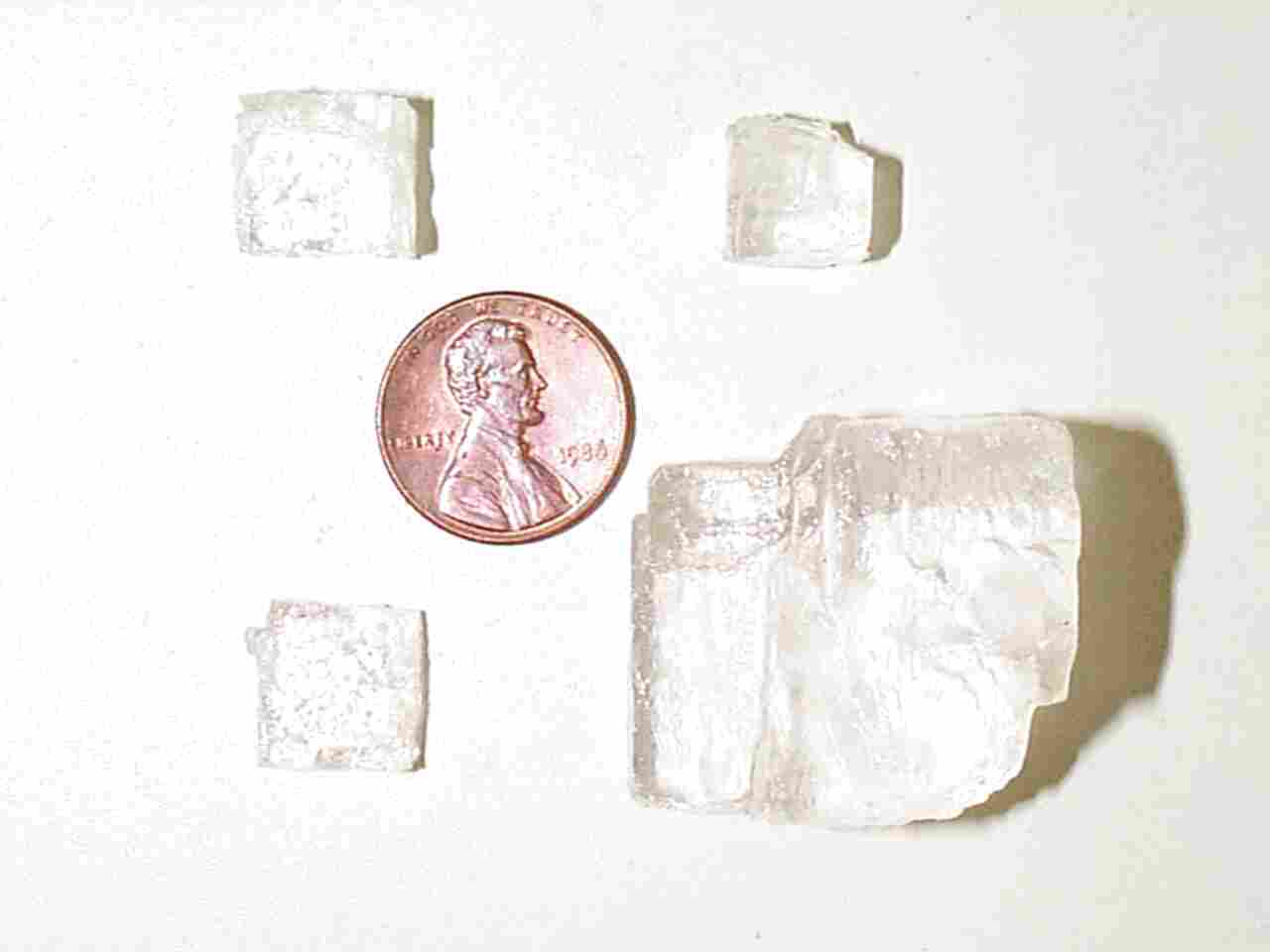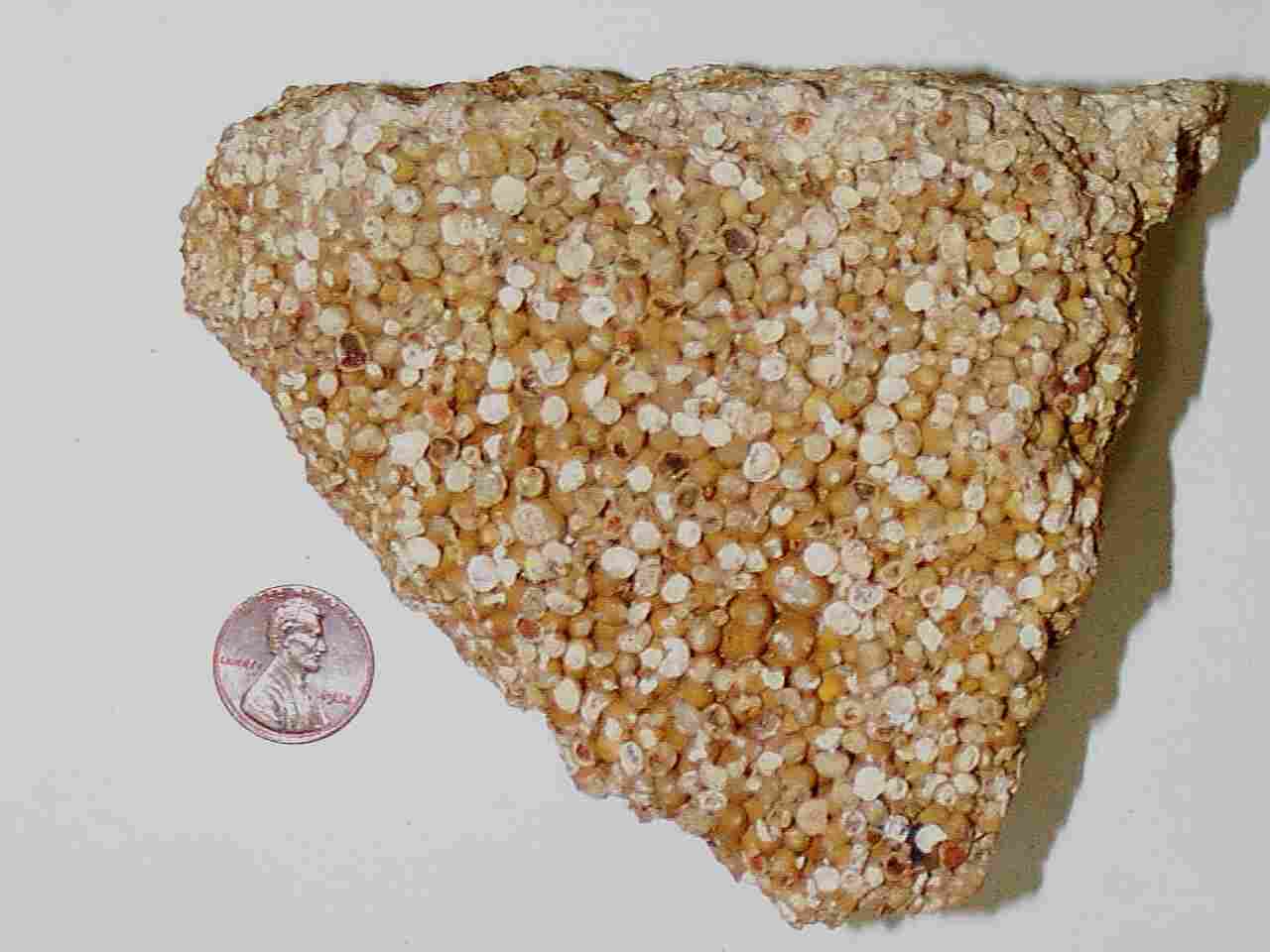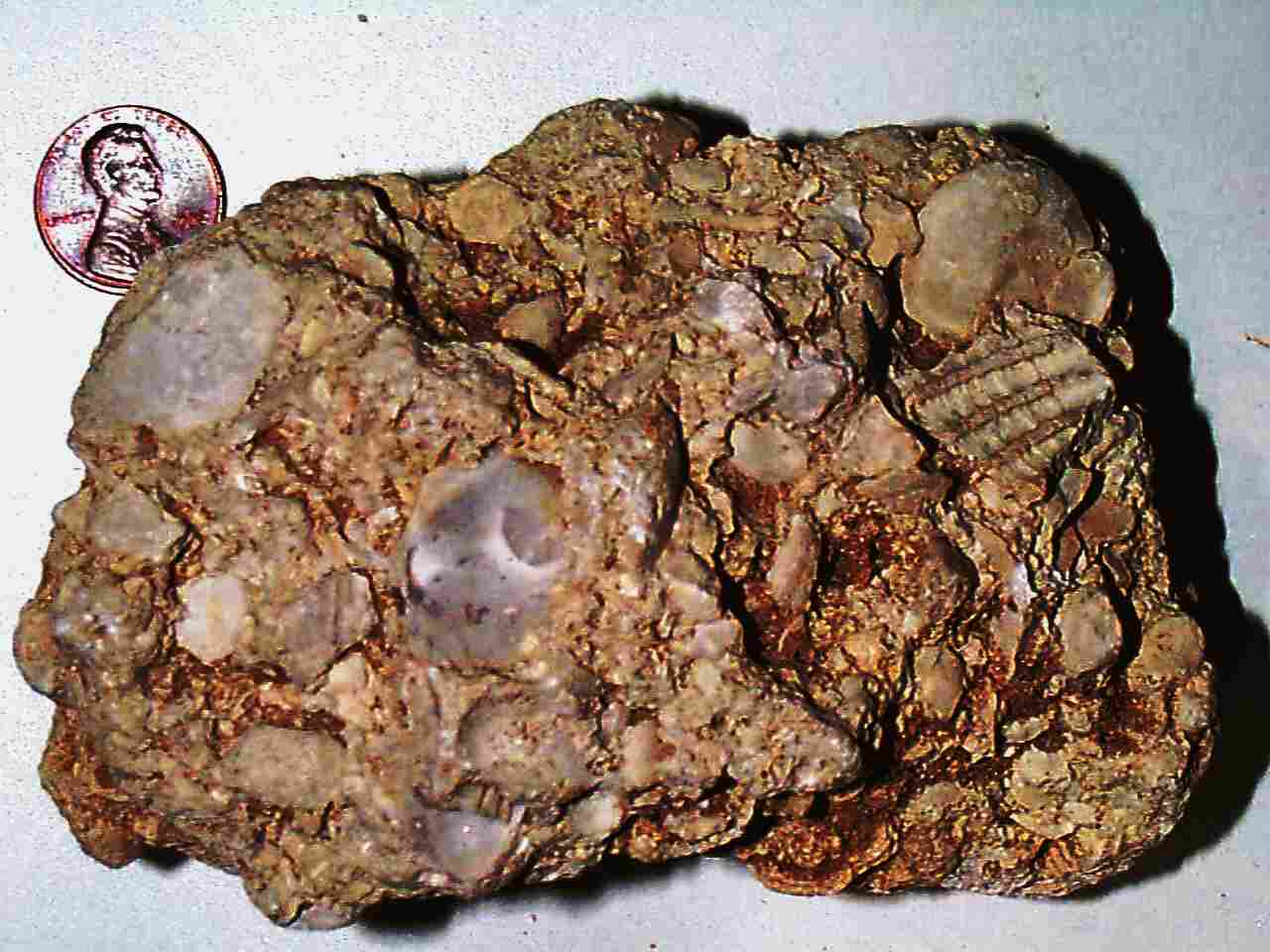![]()
![]()

![]()
| Composition | |||||
|---|---|---|---|---|---|
| Quartz (SiO2) | Halite (NaCl) | Gypsum | Calcite (CaCO3) | Aluminum-Rich | |
| Rock Name | Chert | Rock Salt | Rock Gypsum | Travertine | Kaolin/Bauxite |
![]()

![]()

![]()

![]()

![]()

![]()


![]()
| Composition | ||||
|---|---|---|---|---|
| Calcite (CaCO3) | Calcite (CaCO3) | Carbonaceous | ||
| Rock Name | Chalk | Fossiliferous Limestone | Coal | |
![]()

![]()

![]()

![]()